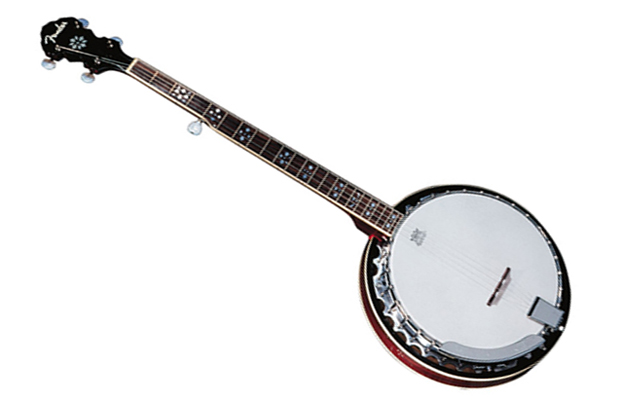
Everyday Icon #7 The banjo
In memory of Earl Scruggs we take a look at the design origins of the instrument he made famous
So, farewell then Earl Scruggs. The epochal banjo-player has died aged 88, having secured the status of the banjo in modern music. A deceptively flashy musician, he could switch in an instant from lightning-fast bluegrass runs to descending patterns of drone notes and even wring more range from his banjo by tuning and detuning his instrument as he was playing it. If you’re not musical, trust us that the ‘detuning’ trick is roughly akin to checking the pressure of your tyres at the same time as driving down the motorway.
And he did all this on an instrument that is rarely held in the same obvious esteem as the guitar, violin or saxophone. And yet, the banjo is a bona fide design classic: perfected early on, little evolution has been required, and other than cosmetic adornments there is little substantial variation to be found from one instrument to the next. A banjo does what it needs to perfectly.
The roots of the instrument’s design are occluded. An essay by musicians Shlomo Pestcoe and Greg C.Adams on the Banjo Roots blog trace it back to the 17th century when enslaved Africans in the Caribbean created instruments from gourd drums with fretless necks. Further back, the West African ngoni has obvious sonic similarities. By 1840 this instrument had mutated into the five-string banjo and was popularised by minstrels in circus and theatre shows. The archive at the Donald Rickert music store shows recognisably ‘modern’ banjos in use by 1860. Anecdotally, some sources claim that the American Civil War was crucial in trading both musical styles and designs as large numbers of musicians were among the prisoners taken on both sides, and a banjo was considered a valuable find on a dead man’s body.

The banjo was considered a valuable find on a dead man’s body
The key to the banjo’s status as a design classic is that form is entirely led by function; the metal ‘frames’ around the drum are to adjust tone and tension; the drum itself functions as an in-built amplifier; the short ‘fifth’ string at the top of the neck is there so the thumb can easily pluck high notes throughout musical phrases and create the banjo’s signature sound. Other than an optional wrist-rest screwed onto the drum there is little concession to comfort.
While there have been cosmetic flourishes added to banjos – antique Gibson banjos are a good example of what you get when you add everything from ‘Italian renaissance motifs’ and ‘pearloid fretboards’ to the instruments – its beauty lies in its simplicity. As long as the neck is straight and the movable wooden bridge is set to the right position, there’s little that can go seriously wrong with a banjo. It’s utilitarian, unflashy quality is perhaps best summed up in a quote by Jackson Browne: "What is the least often heard sentence in the English language? That would be: Say, isn’t that the banjo player’s Porsche outside?"
Read more stories in Phaidon's Everyday Icon series. And if you want to know the absolute last word about Design Classics you have to buy Phaidon Design Classics - our three-volume set featuring the most innovative, beautiful and influential products created in the last 200 years. It features 999 objects selected by a panel of experts that includes designers, architects, auctioneers, critics, curators, journalists and academics. Buy the book or the rather nifty iPad app. Watch our Editorial Director Emilia Terragni talk about it.